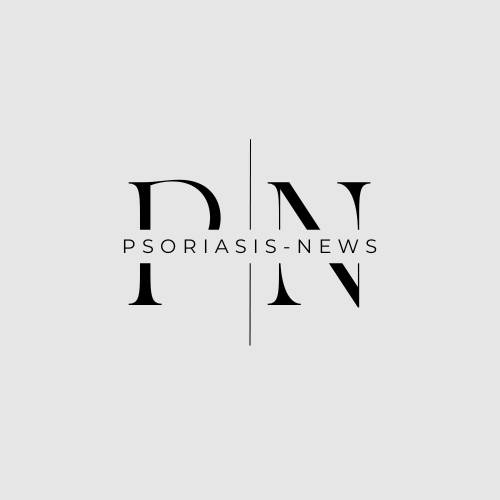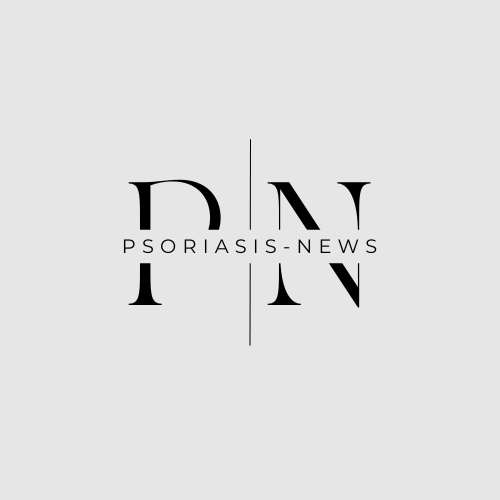Biofactors. 2023 May 4. doi: 10.1002/biof.1949. Online ahead of print.
ABSTRACT
Psoriasis is an immune-mediated inflammatory skin disease driven by interleukin-17A (IL-17A) and associated with cardiovascular dysfunction. We used a severe psoriasis mouse model of keratinocyte IL-17A overexpression (K14-IL-17Aind/+ , IL-17Aind/+ control mice) to investigate the activity of neutrophils and a potential cellular interconnection between skin and vasculature. Levels of dermal reactive oxygen species (ROS) and their release by neutrophils were measured by lucigenin-/luminol-based assays, respectively. Quantitative RT-PCR determined neutrophilic activity and inflammation-related markers in skin and aorta. To track skin-derived immune cells, we used PhAM-K14-IL-17Aind/+ mice allowing us to mark all cells in the skin by photoconversion of a fluorescent protein to analyze their migration into spleen, aorta, and lymph nodes by flow cytometry. Compared to controls, K14-IL-17Aind/+ mice exhibited elevated ROS levels in the skin and a higher neutrophilic oxidative burst accompanied by the upregulation of several activation markers. In line with these results psoriatic mice displayed elevated expression of genes involved in neutrophil migration (e.g., Cxcl2 and S100a9) in skin and aorta. However, no direct immune cell migration from the psoriatic skin into the aortic vessel wall was observed. Neutrophils of psoriatic mice showed an activated phenotype, but no direct cellular migration from the skin to the vasculature was observed. This suggests that highly active vasculature-invading neutrophils must originate directly from the bone marrow. Hence, the skin-vasculature crosstalk in psoriasis is most likely based on the systemic effects of the autoimmune skin disease, emphasizing the importance of a systemic therapeutic approach for psoriasis patients.
PMID:37139784 | DOI:10.1002/biof.1949

